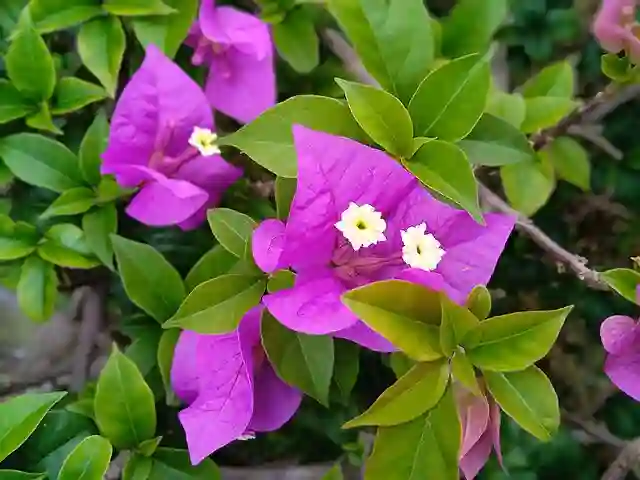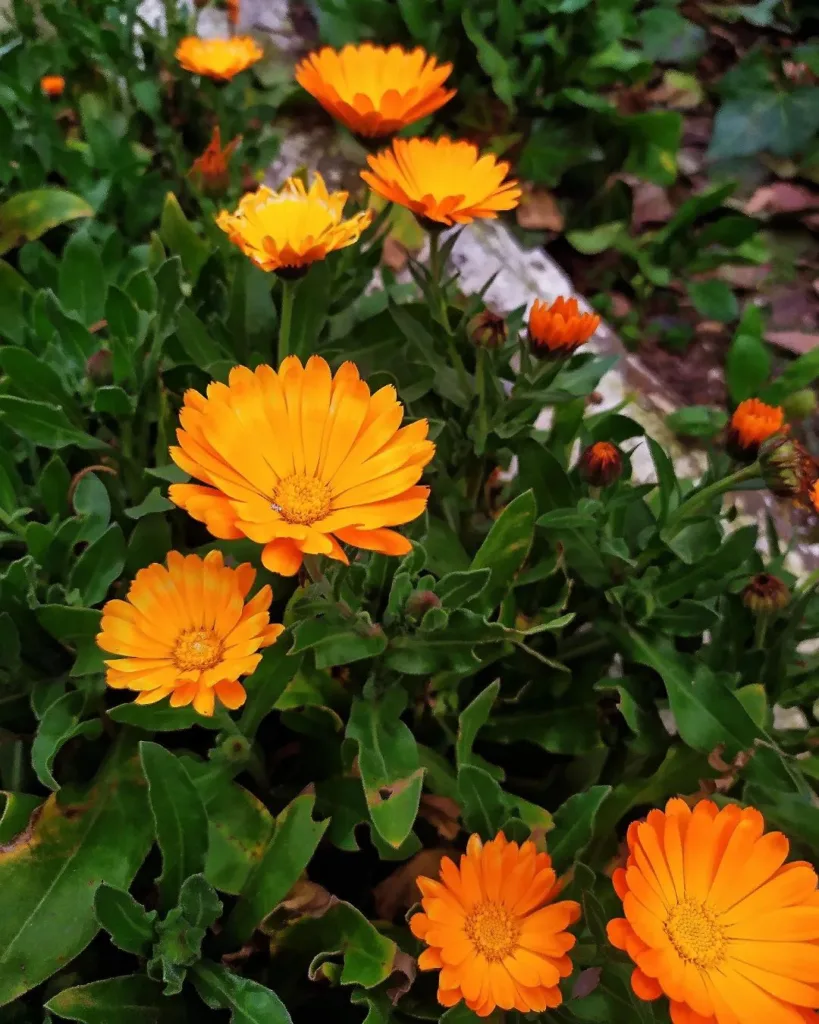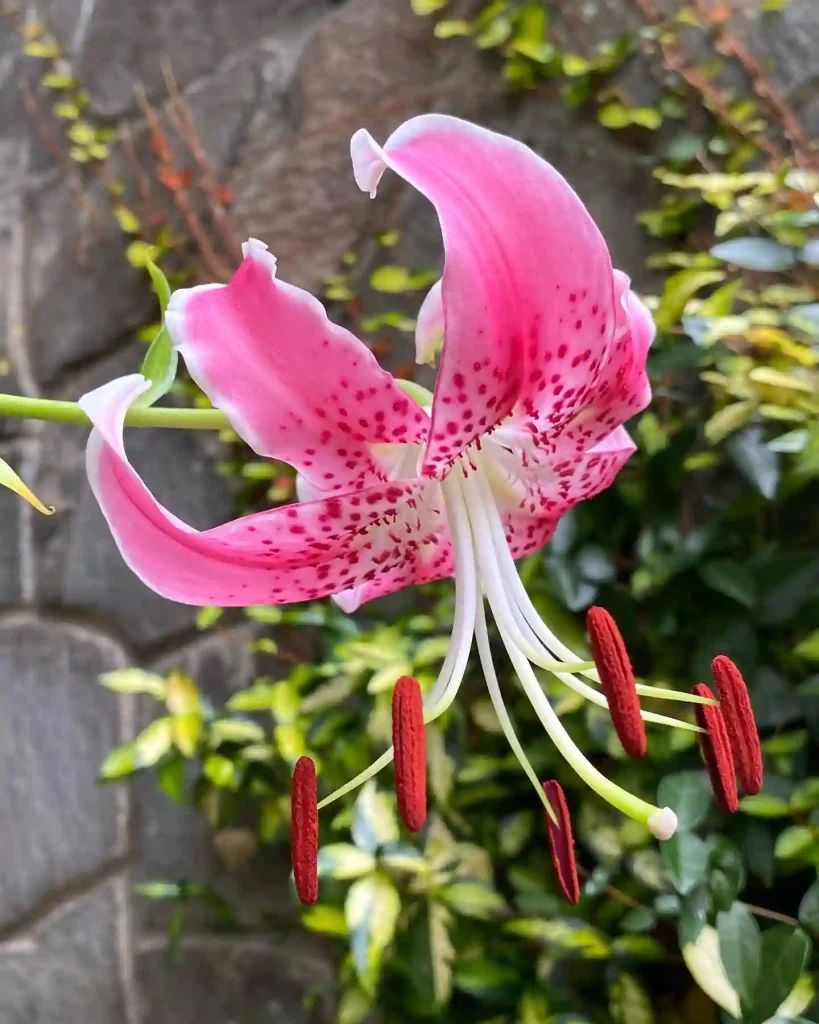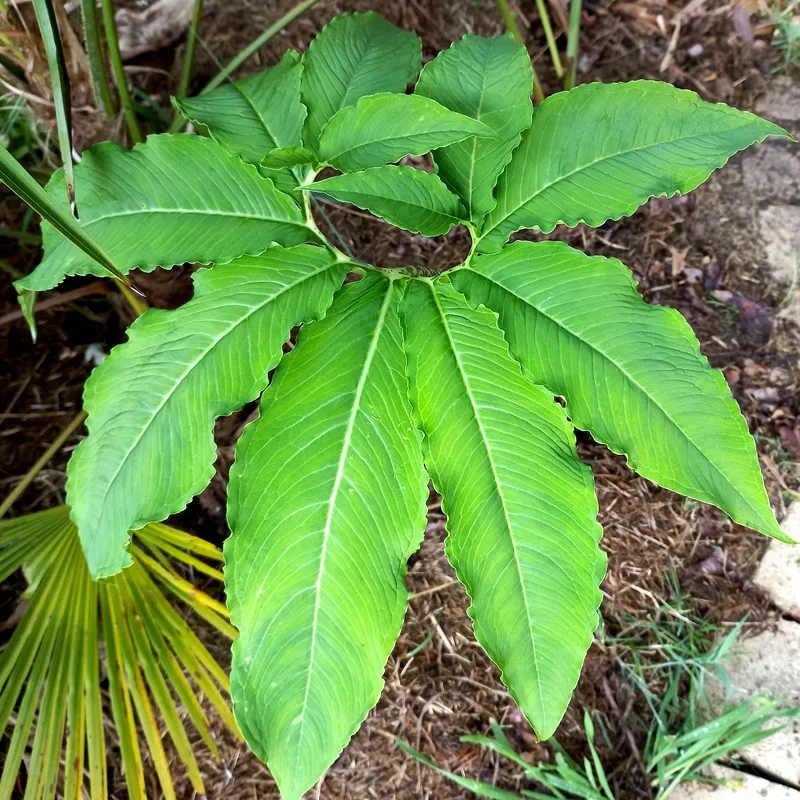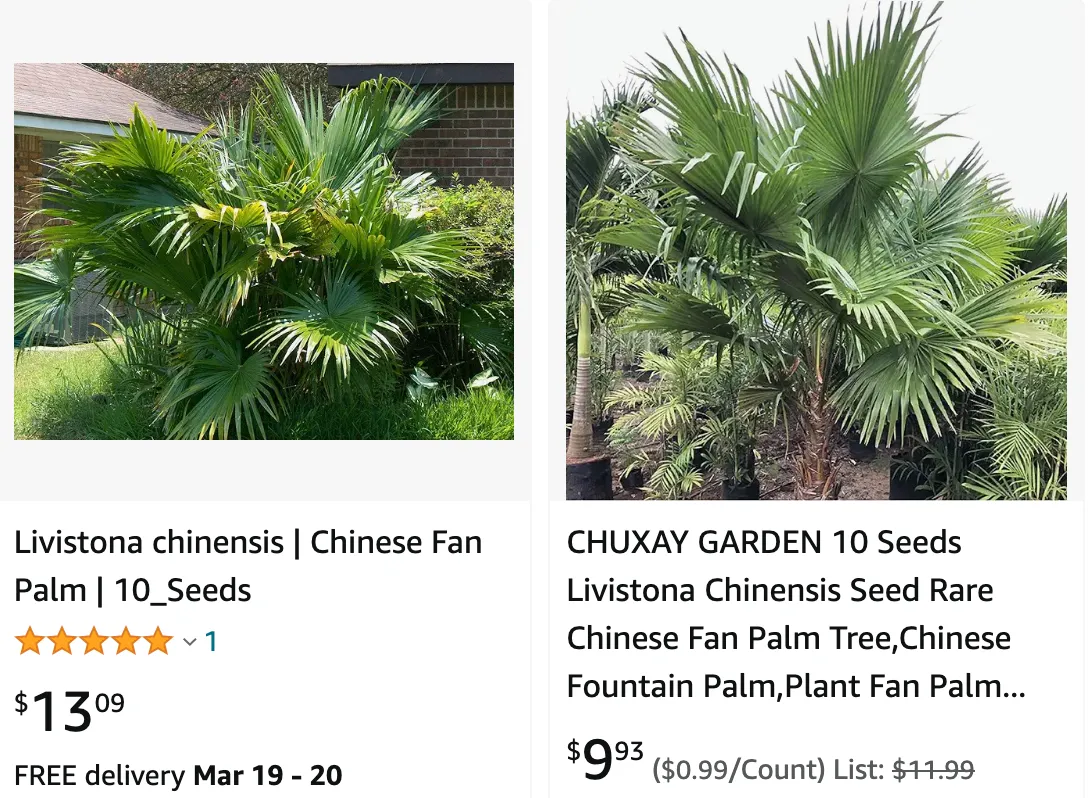
Livistona Chinensis: Unveiling the Beauty and Care of the Chinese Fan Palm
Greetings, plant enthusiasts! I’m Ferb Vu, and today, we delve into the world of the graceful Livistona chinensis, also known as the Chinese Fan Palm. This elegant palm tree has captivated gardeners for centuries, and for good reason. Its lush, fan-shaped fronds and air of tropical serenity make it a coveted addition to any indoor or outdoor space.
But before welcoming a Livistona chinensis into your home or garden, let’s explore some frequently asked questions to ensure you provide the optimal environment for this captivating plant to thrive.
How Big Does a Livistona Chinensis Get?
The Livistona chinensis is a majestic palm, capable of reaching impressive heights. Indoors, you can expect it to grow to a manageable 6-8 feet. However, outdoors in its natural subtropical habitat, it can soar to a staggering 40 feet or more, boasting a truly magnificent presence.
Can a Livistona Chinensis Survive Indoors?
Absolutely! The Livistona chinensis adapts well to indoor environments, making it a popular choice for homes and offices. It thrives in bright, indirect sunlight, so positioning it near a south-facing window is ideal. Remember, avoid harsh, direct sunlight, which can scorch the fronds.
How Do I Care for My Livistona Chinensis Indoors?
Here’s the key to a happy Livistona chinensis indoors: consistent moisture. Water the plant deeply when the top inch of soil feels dry to the touch. Avoid overwatering, as this can lead to root rot. Aim for a well-draining potting mix and a pot with drainage holes to prevent waterlogging.
What Kind of Soil Does a Livistona Chinensis Need?
A good quality, well-draining potting mix is essential. Opt for a mix specifically formulated for palms, which often contains a blend of peat moss, perlite, and orchid bark. This combination ensures proper drainage and aeration for healthy root growth.
Does the Livistona Chinensis Need Fertilizer?
While not strictly necessary, a light feeding during the growing season (spring and summer) can give your Livistona chinensis a boost. Opt for a balanced, diluted liquid fertilizer specifically formulated for palms. Follow the instructions on the fertilizer label carefully to avoid overfeeding.
How Often Should I Repot My Livistona Chinensis?
As your Livistona chinensis grows, it will eventually outgrow its pot. Repotting every 2-3 years, or when the roots become pot-bound, is recommended. Choose a pot that’s only slightly larger than the current one to prevent overwatering. Repotting during the spring or summer months is ideal.
Does the Livistona Chinensis Have Any Pests or Diseases?
Fortunately, the Livistona chinensis is relatively resistant to pests and diseases. However, keep an eye out for common houseplant pests like mealybugs and scale. If you notice any infestation, isolate the plant and treat it with insecticidal soap or neem oil.
Livistona Chinensis vs. Other Palms: Highlighting the Differences
While the Livistona chinensis is a popular choice, there are other palm varieties that might suit your preferences. Here’s a quick comparison to help you decide:
- Areca Palm (Dypsis lutescens): Similar light requirements but with more feathery fronds. Can be slightly more susceptible to spider mites.
- Kentia Palm (Howea forsteriana): Lower light tolerance than the Livistona chinensis. Slower growth rate, making it ideal for smaller spaces.
- Rhapis excelsa (Lady Palm): Prefers lower light conditions and thrives in humidity. A bushier palm with clumping growth, making it a good choice for adding a touch of the tropics to a corner.
Conclusion: The Allure of the Livistona Chinensis
The Livistona chinensis, with its elegant fan-shaped fronds and air of sophistication, is a captivating addition to any indoor or outdoor space. By providing proper care, including consistent moisture, well-draining soil, and appropriate lighting, you can cultivate a thriving Livistona chinensis that will grace your environment for years to come. So, if you’re seeking a touch of tropical elegance, consider welcoming this magnificent palm into your world.
If i die, water my plants!
